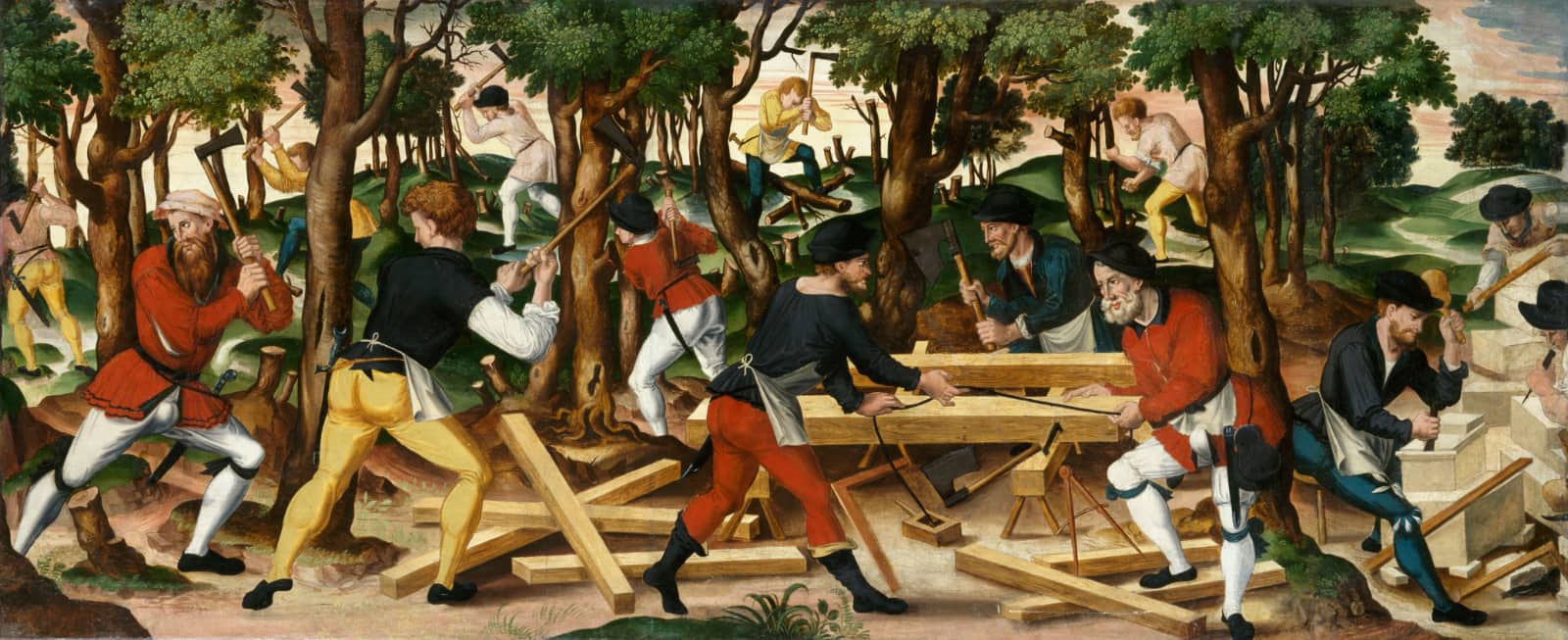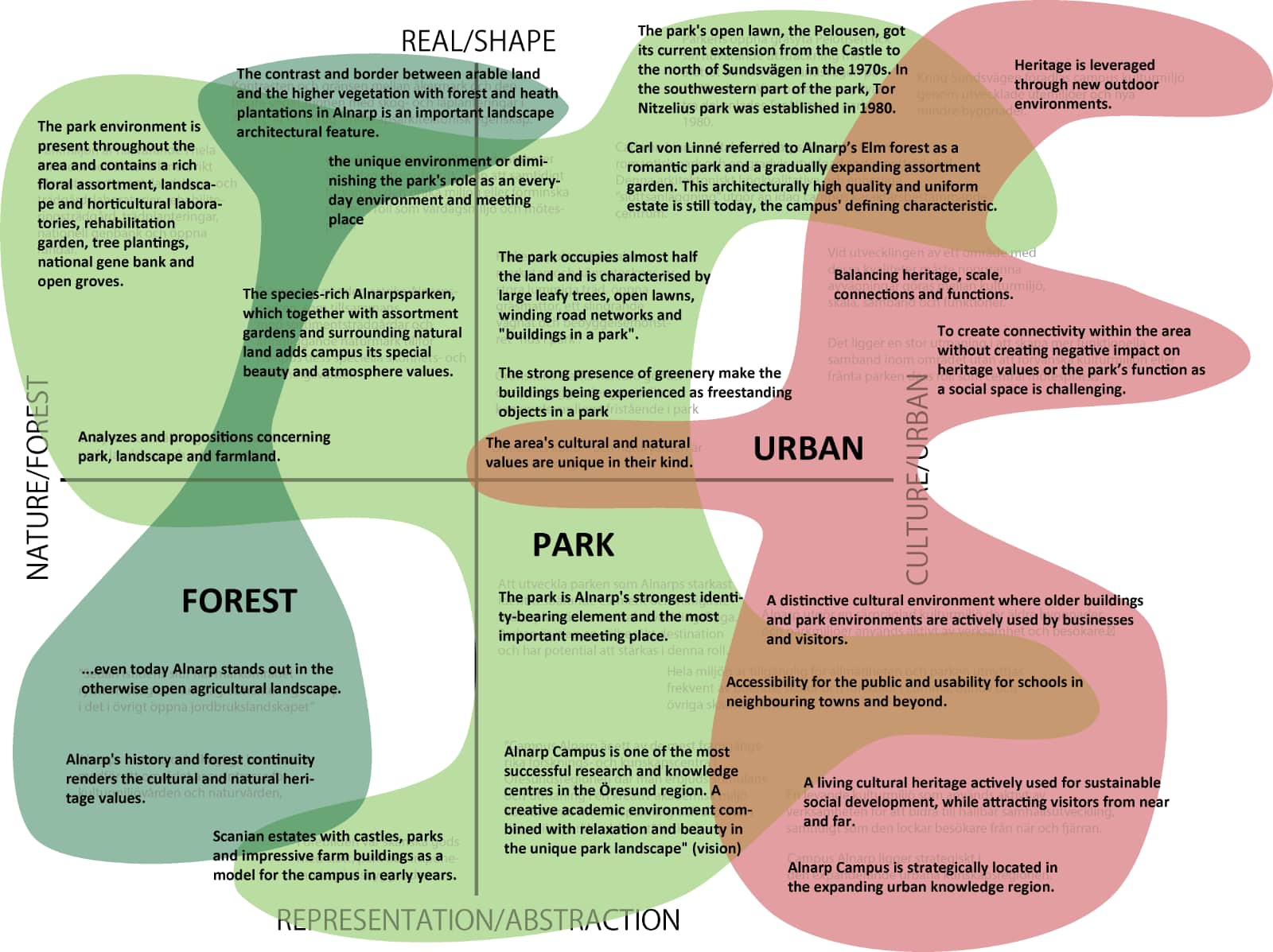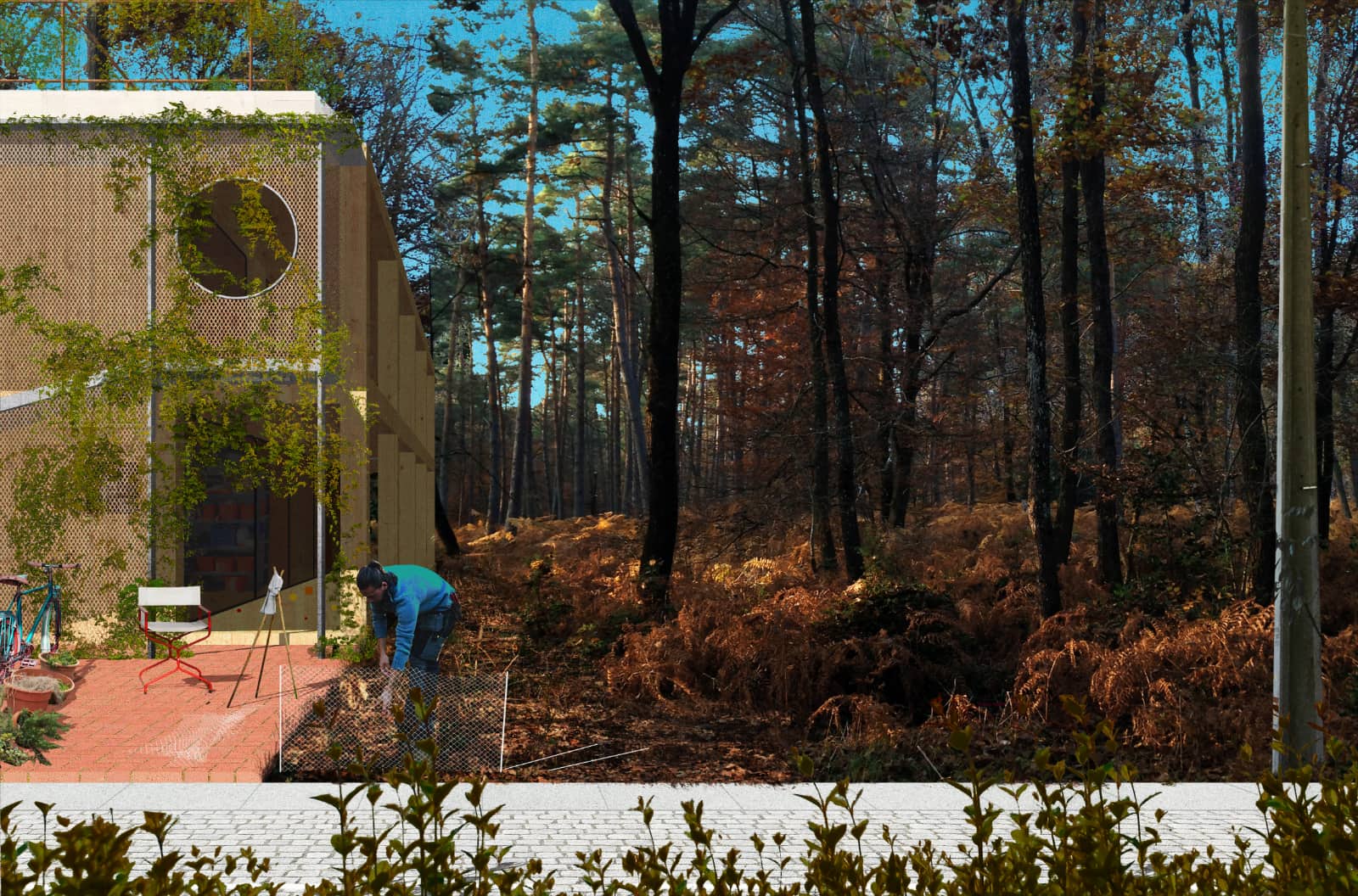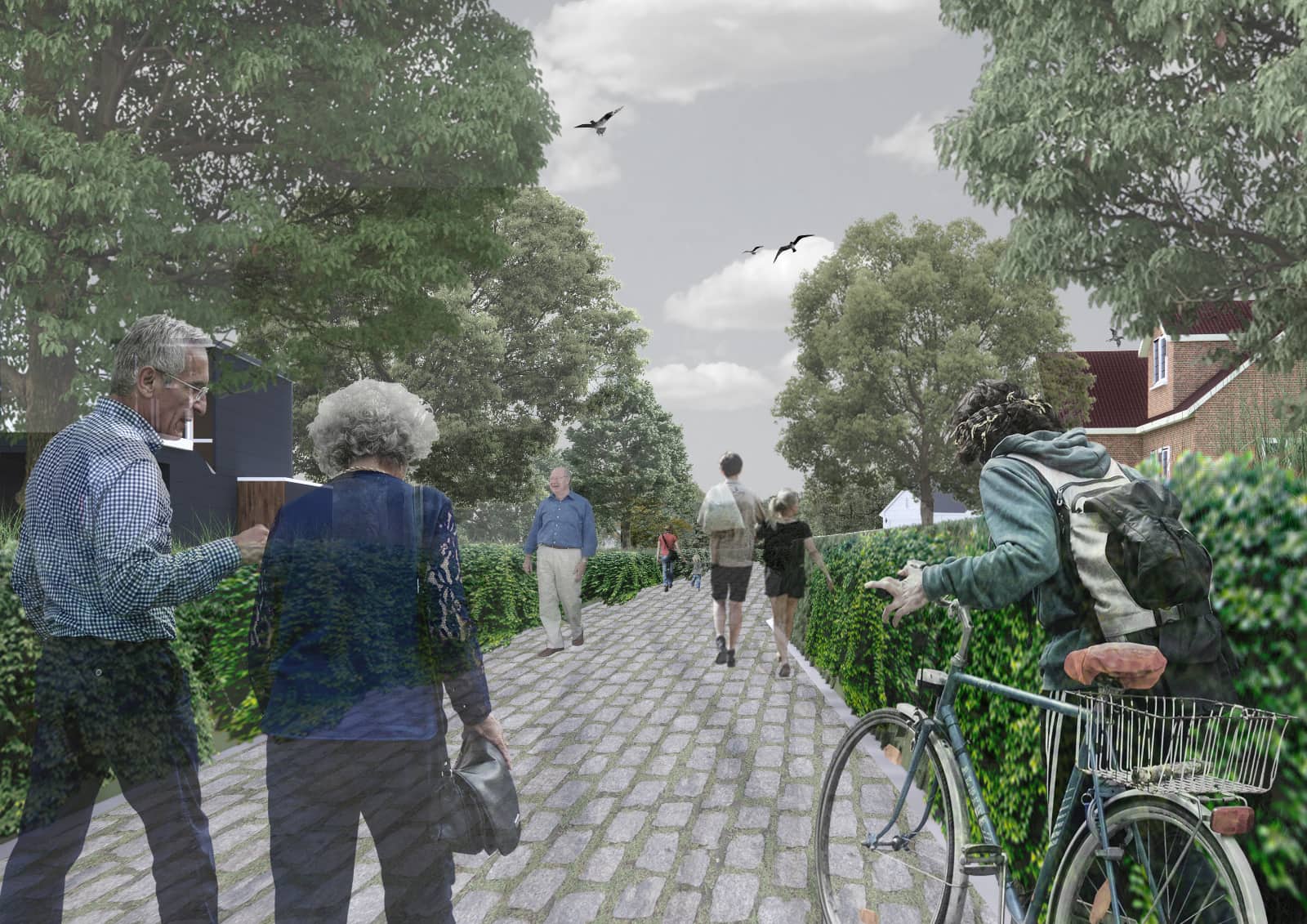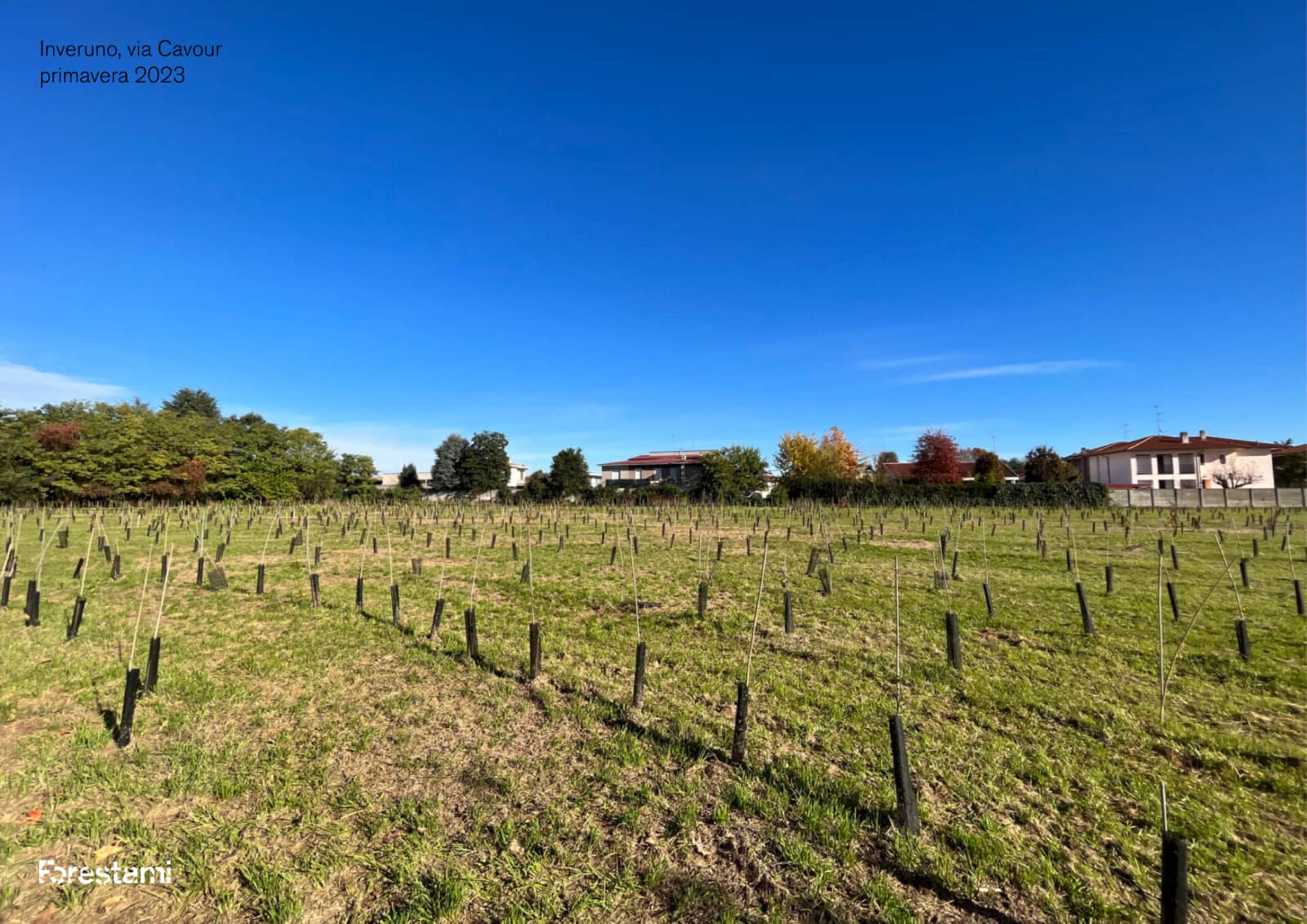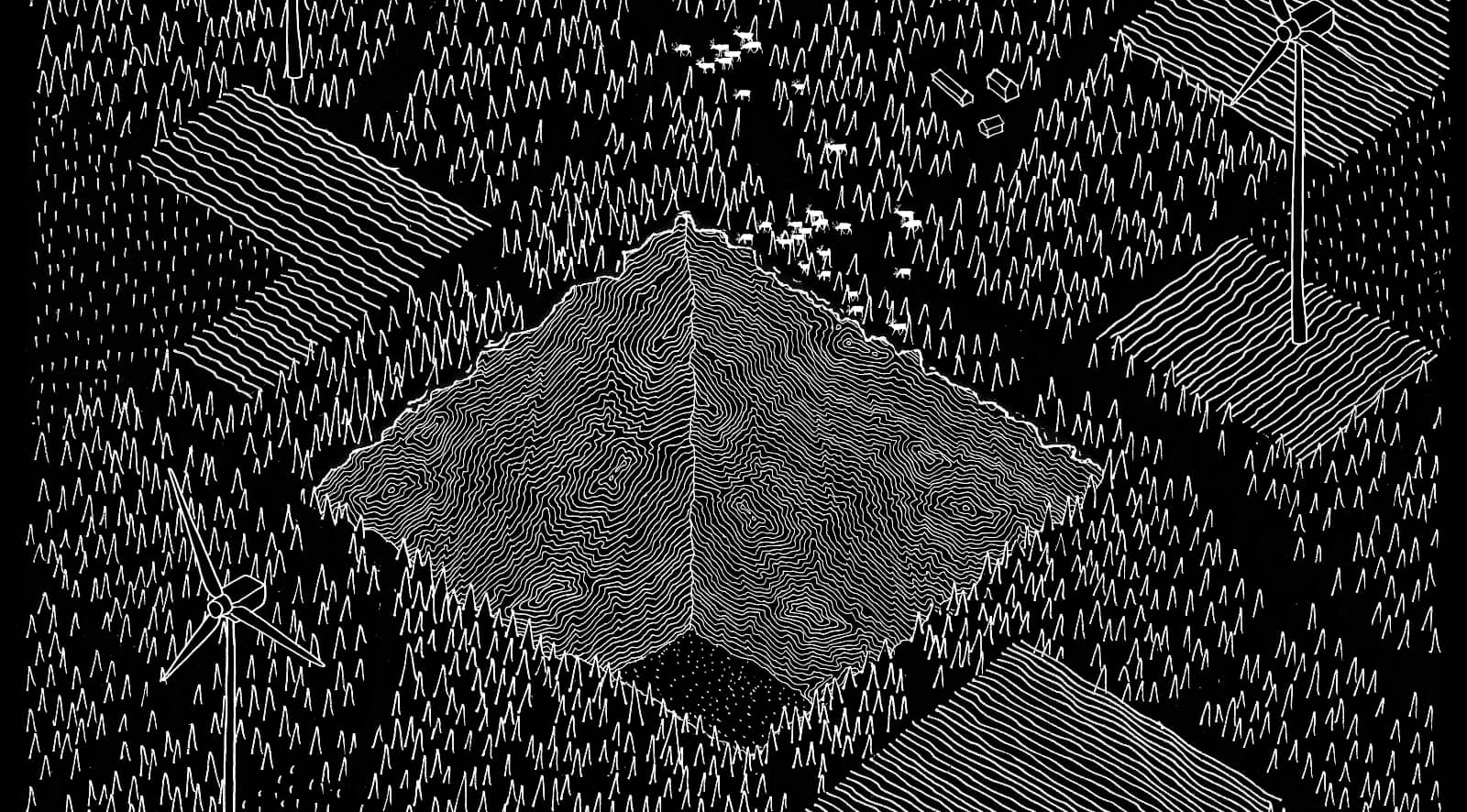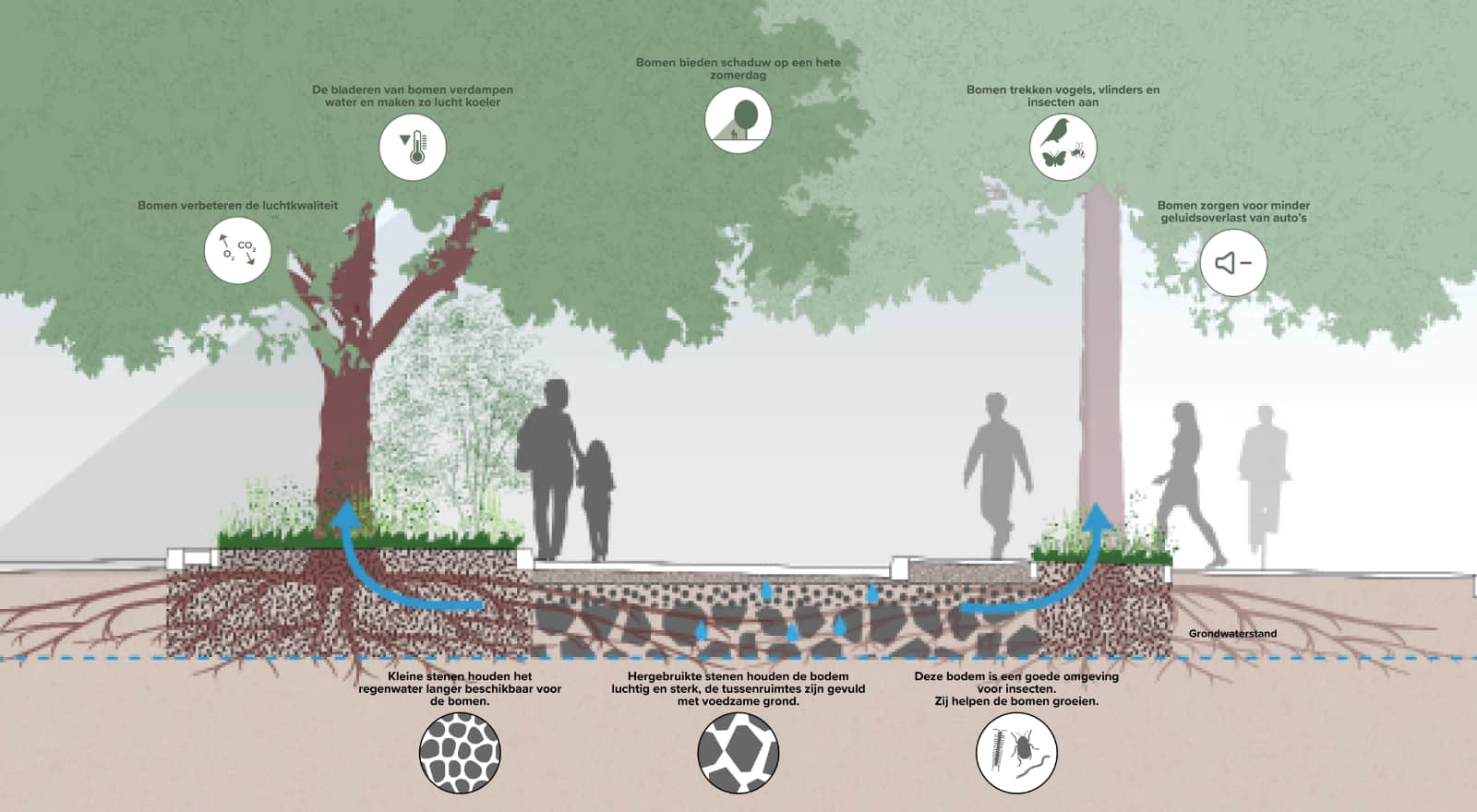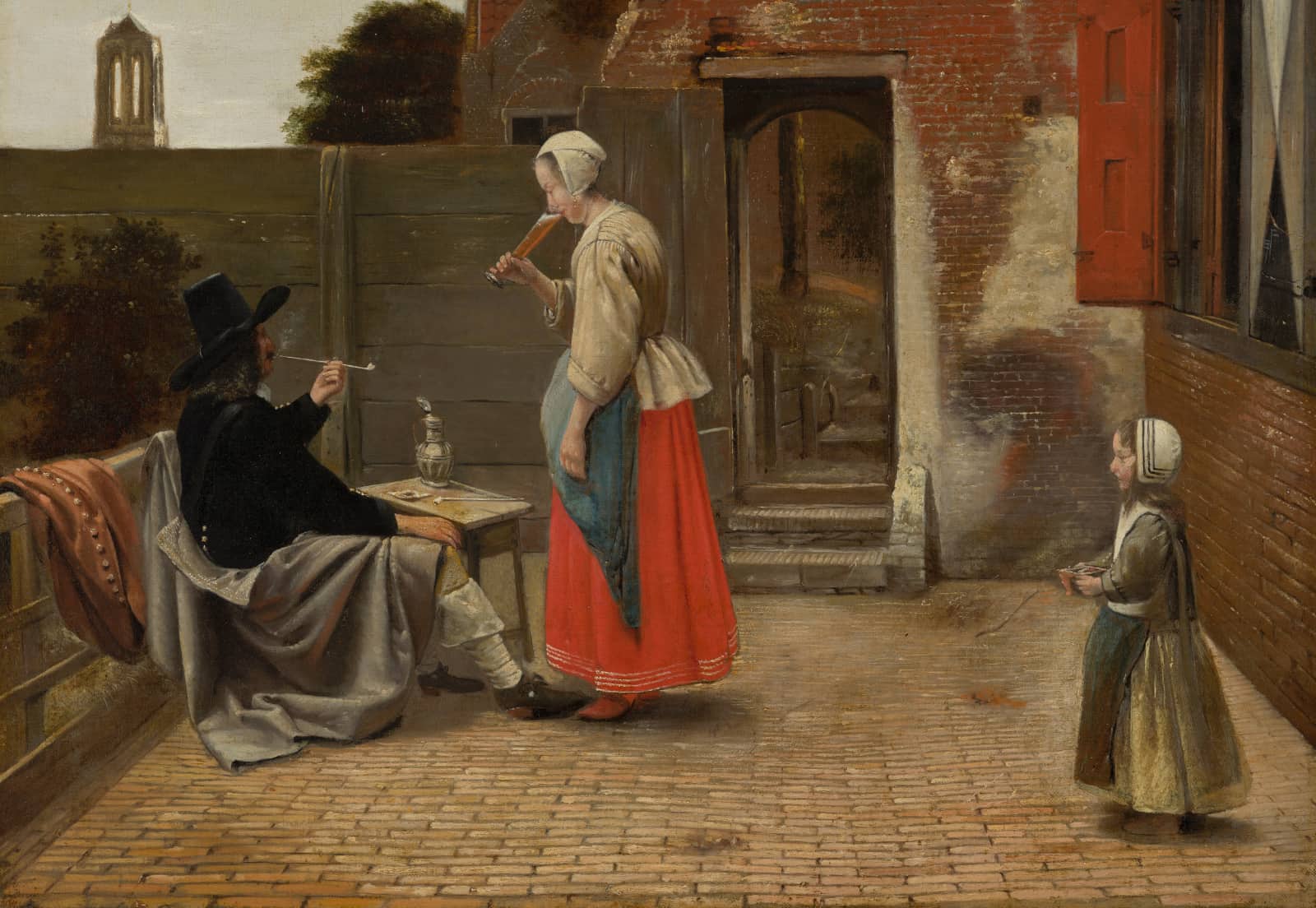
Urban Forestscapes
10 articles / 180 pages
ISBN: 978-94-93439-02-3
Issue editors
Saskia de Wit, TU Delft
René van de Velde, TU Delft
Lisa Diedrich, TU Berlin
Editorial
-
This issue of SPOOL elaborates a designerly perspective on urban forestry. Evidence has increased rapidly in the recent years to confirm the agency of trees and urban forests to cure a number of ills besetting urban societies. An expanding range of disciplines, in varying and novel combinations, are turning to an urban version of forestry to re-configure green (and grey) infrastructures, re-write neighbourhoods, re-purpose derelict territories and re-vitalize disparate peripheries. As such, in the face of the growing number of challenges facing cities globally, we see that urban trees...
Articles
-
Wildwood Plaza (Robin Winogrond, 2013) reclaims a tiny, residual forest fragment on the city’s edge, transforming it into a recreational space with the power to act as catalyst of the forest imagination. Due to the unique characteristics of forests our imagination has the ability to transform even the most mundane woods into a moving experience. Wildwood Plaza searches to reinterpret these characteristics to become not only rational recreational spaces, but ones in which the immersive, poetic character dominates the experience. The innovation of the project lies in the new interpretation...
-
Recent sustainability agendas come with the dual mission of responding to climate change and the loss of biodiversity. One strong trend is the increase in the number of trees in urban environments, initiatives often agglomerated under the label of urban forestry. The main focus of this article is to contribute to the development of this discourse by exploring the designerly aspects of urban forestry. This is done by unpacking the concept of ‘urban forestscapes’ as a dynamic and relational concept, derived from a landscape perspective that opens up to spatio-temporal, synthetic, and...
-
The paper explores the implementation of the afforestation programme in Flanders since 2019. Framed by the authors’ situated knowledge, it recounts the diverse strategies and tools of the programme, aimed at realising 4,000 hectares of new forests by 2024. With a focus on collective and systemic efforts, the paper outlines three operational domains to analyse the coalition-building process at regional and local levels: setting the institutional space, infrastructuring afforestation in spatial practice, and tailoring design tools for urban forestscapes. It explains how, beginning with the...
-
If the ambition of the Flemish territory is to become more forested, then an approximation is needed between forest and urbanization processes. Forest expansion can only be realized by developing a new understanding between forest and urbanization. This article discusses urban design explorations that stimulate a spatial transformation grafted on the forest as a structuring element of the Western Witness Hills of Leuven, through the ‘forest figure’. The forest figure is explored as a concept able to incorporate and mould urban and forest ambitions into a workable spatial frame.
-
This visual essay outlines how Ruderal, a studio based in Tbilisi, Georgia, has developed new approaches to urban forestry applicable to the legacy of Soviet-era forests. The collapse of the Georgian Soviet Socialist Republic and the resulting rapid privatization led to the reduction and degradation of Tbilisi’s public spaces. Ruderal’s approach to urban forestry is presented in three projects: the Mtatsminda Pilot Project (including Narikala Ridge), the Betania House Forest Garden, and the Arsenal Oasis Project. The projects illustrate how a new practice of urban forestry has grown from...
-
Urbanization presents profound challenges to environmental sustainability, characterized by the depletion of green spaces and the degradation of urban ecosystems. Acknowledging the pivotal role of urban forests in mitigating environmental degradation and enhancing urban life quality, cities are increasingly adopting participatory approaches to afforestation. This paper explores the relationship between research and the practical implementation of urban forests, emphasizing the significance of constructing a robust network of stakeholders.
The case study selected is the research...
-
By contrasting three ongoing research projects along with complementary arguments, this paper explores mediating practices from environmental art and architecture perspectives in the context of industrial forestry and Sweden’s ‘green transition’. The general discourse on ‘green transitions’ significantly amplifies the cultural and economic values of forests within and beyond Sweden. This amplification turns forests into reflexive entities that compel broader value revisions, challenging the extractivist character of modern urbanism. An example is the recent public debate in Sweden about...
-
This essay reports on a ‘living lab’ approach to develop a new understanding of below- and above-ground ecological processes as the foundation for robust urban forest habitats. This experimental approach includes a series of design and implementation projects in the city of The Hague, the Netherlands. In contrast to mainstream greening projects led by local governments, these experiments enable urban trees to form more robust forest-like systems by creating a symbiosis between soil (organisms), trees, plant communities, and species. As implemented reference projects are limited, a...
-
This paper expands on the term ‘urban forest’ through spatial historical research and via the concept of Forestscape. The city of Delft in the western part of the Netherlands is taken as a case study, with the sixteenth, seventeenth, and eighteenth centuries as the sample period. Based on a methodology examining the spatial history of Delft from both a processes and a patterns perspective, we identify six tree planting practices or ‘afforestation events’. These plantings were integral to the early modern cityscape to the extent that the spaces in which they were planted were...
